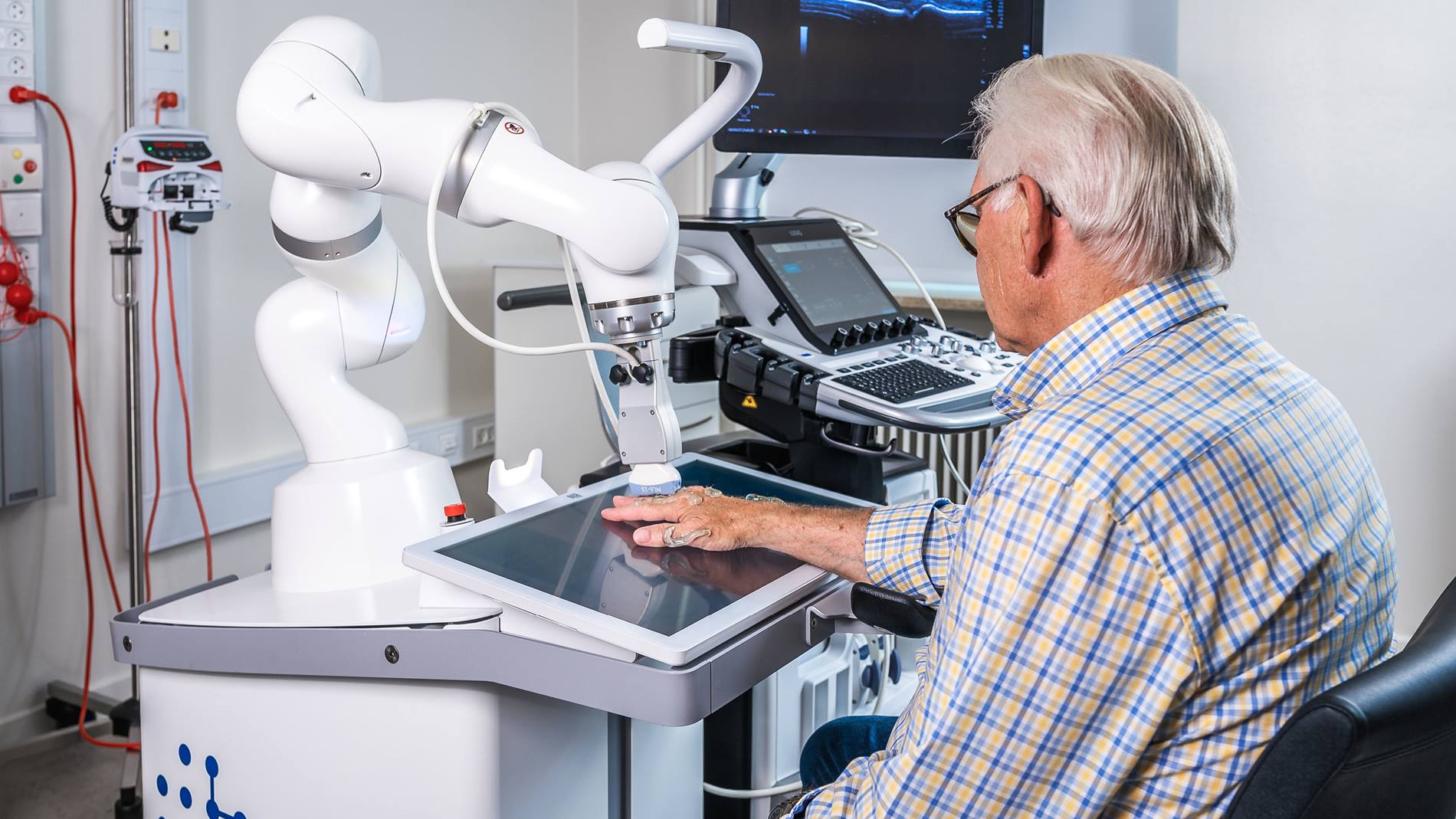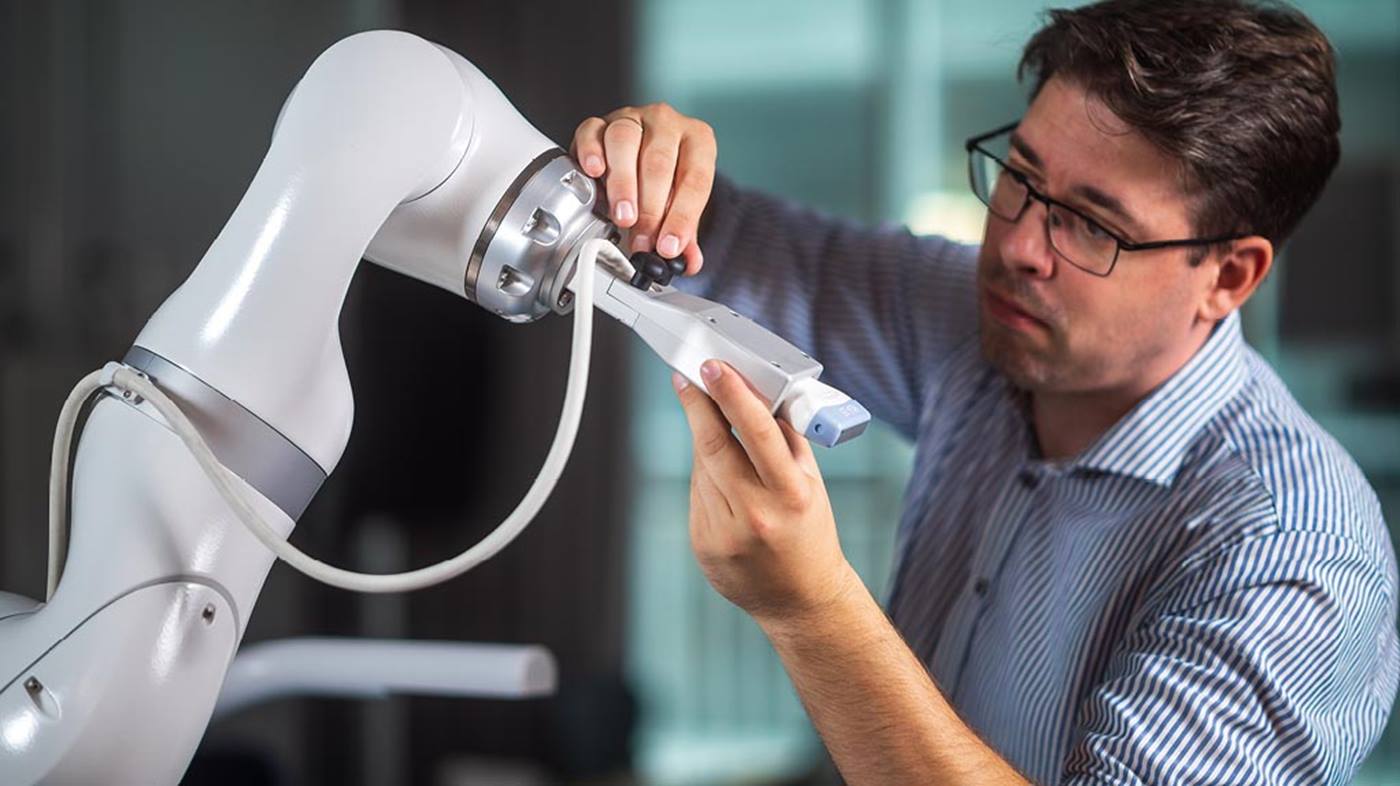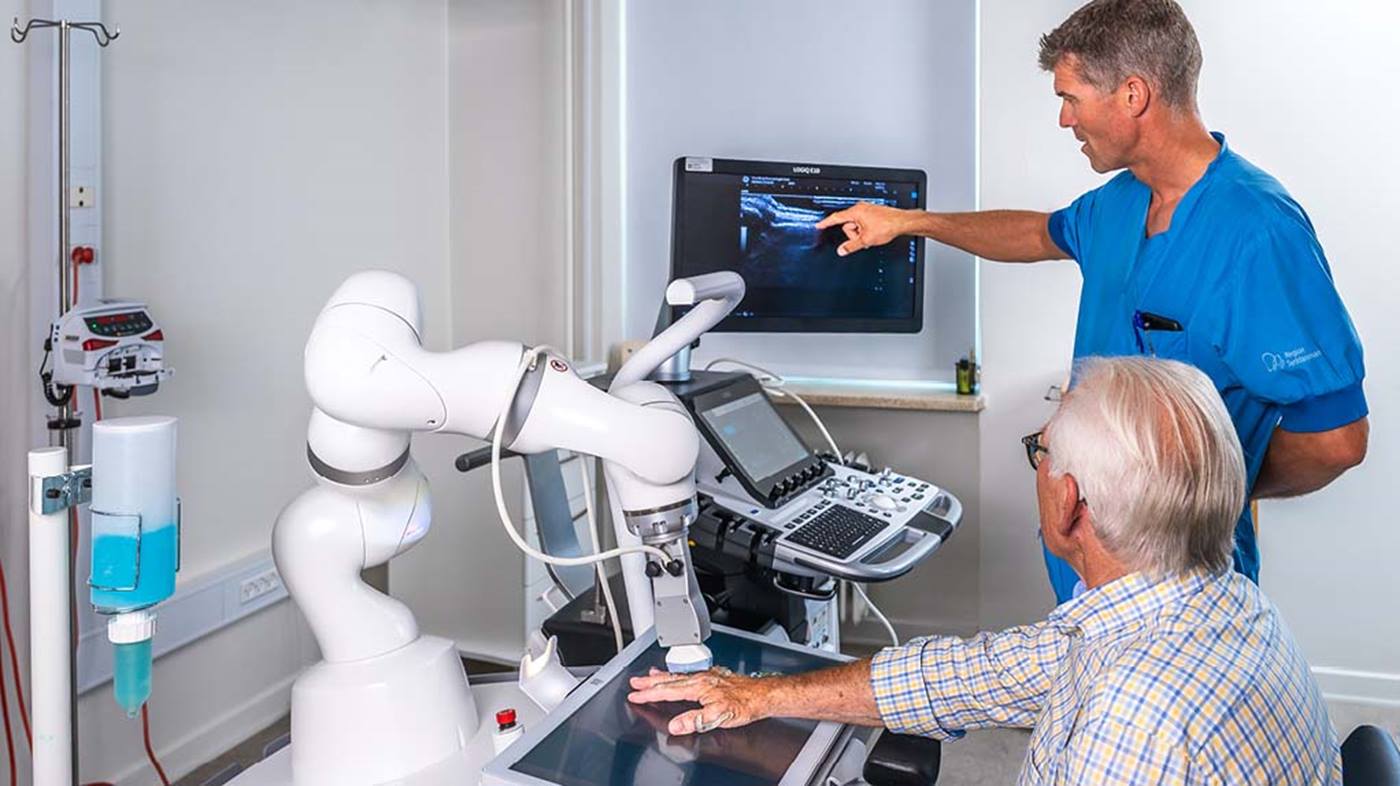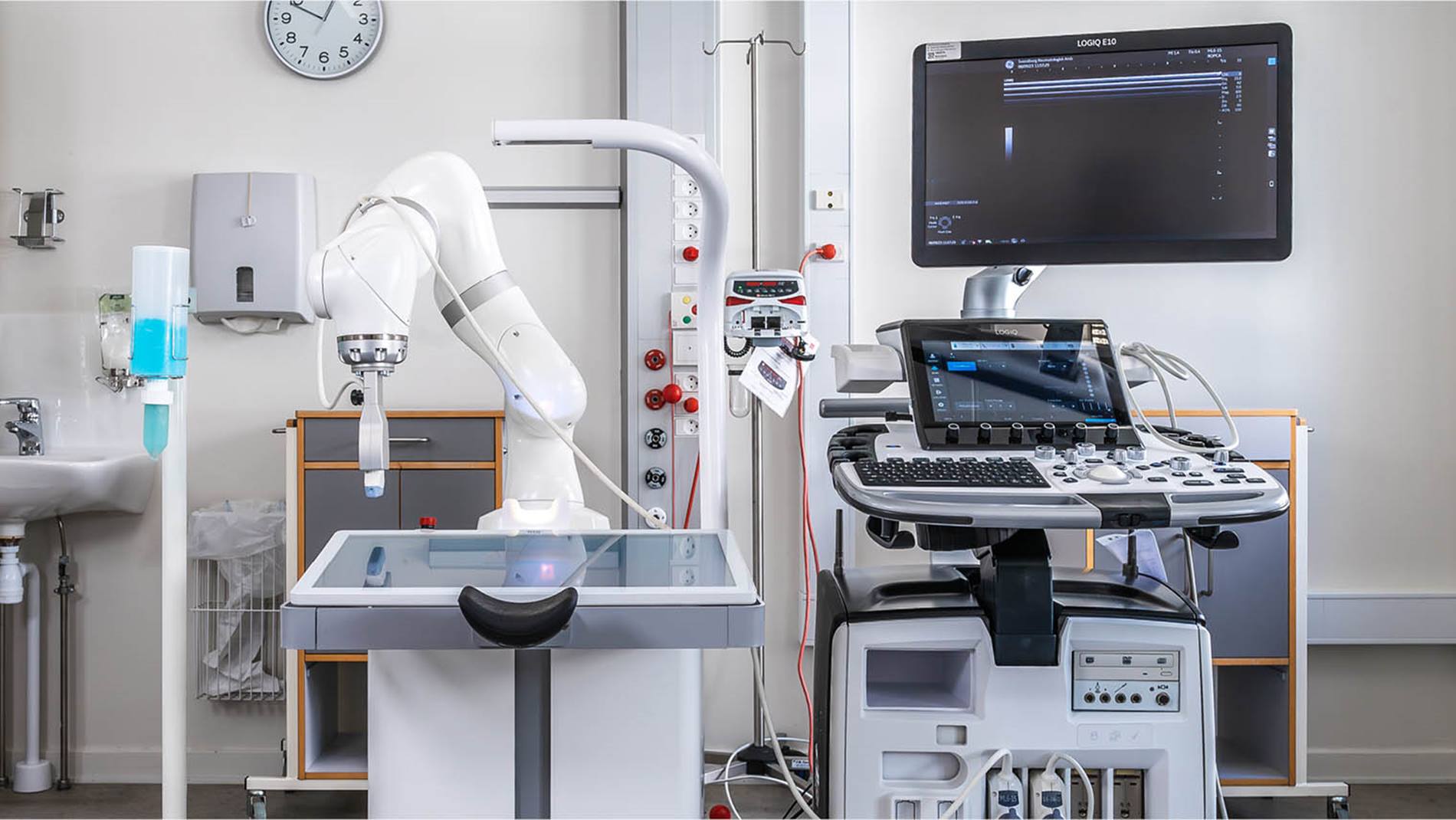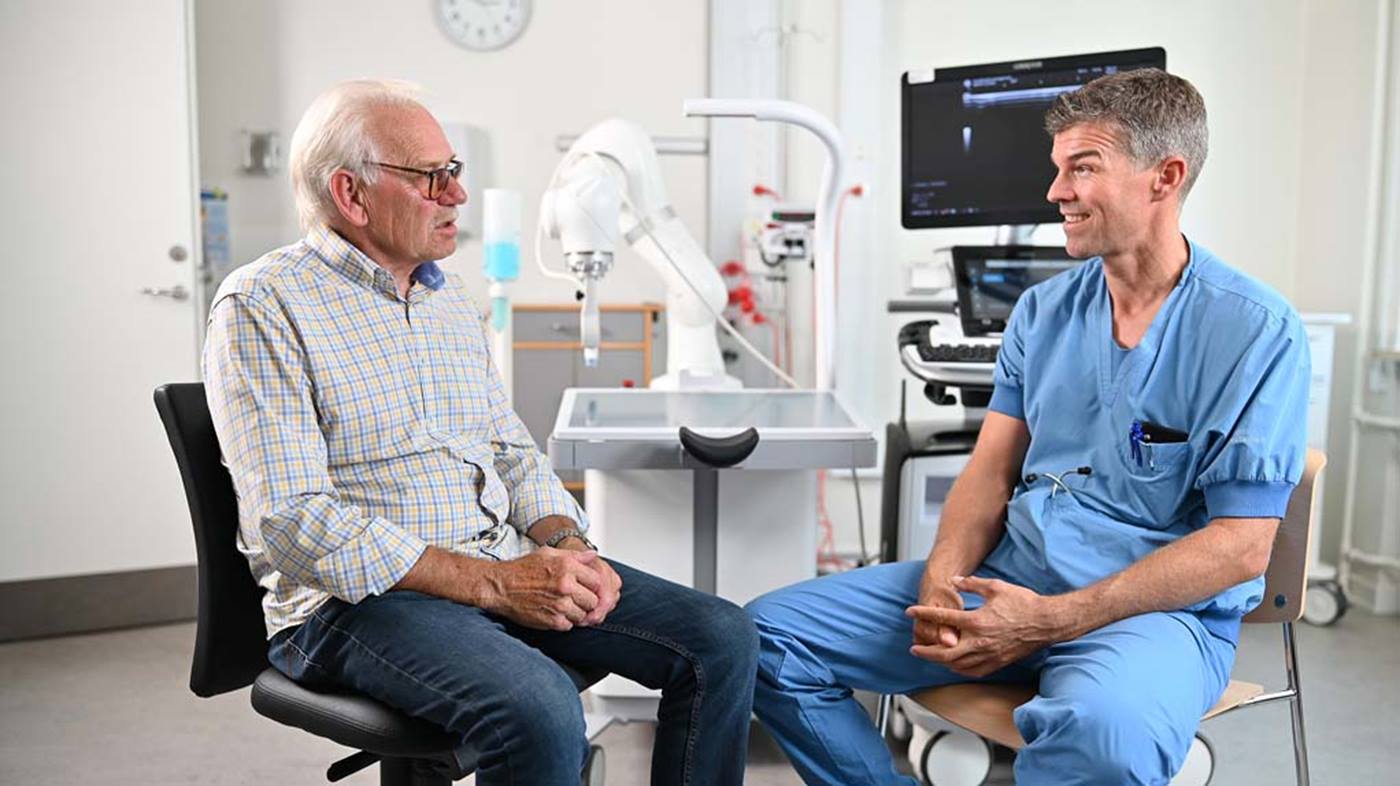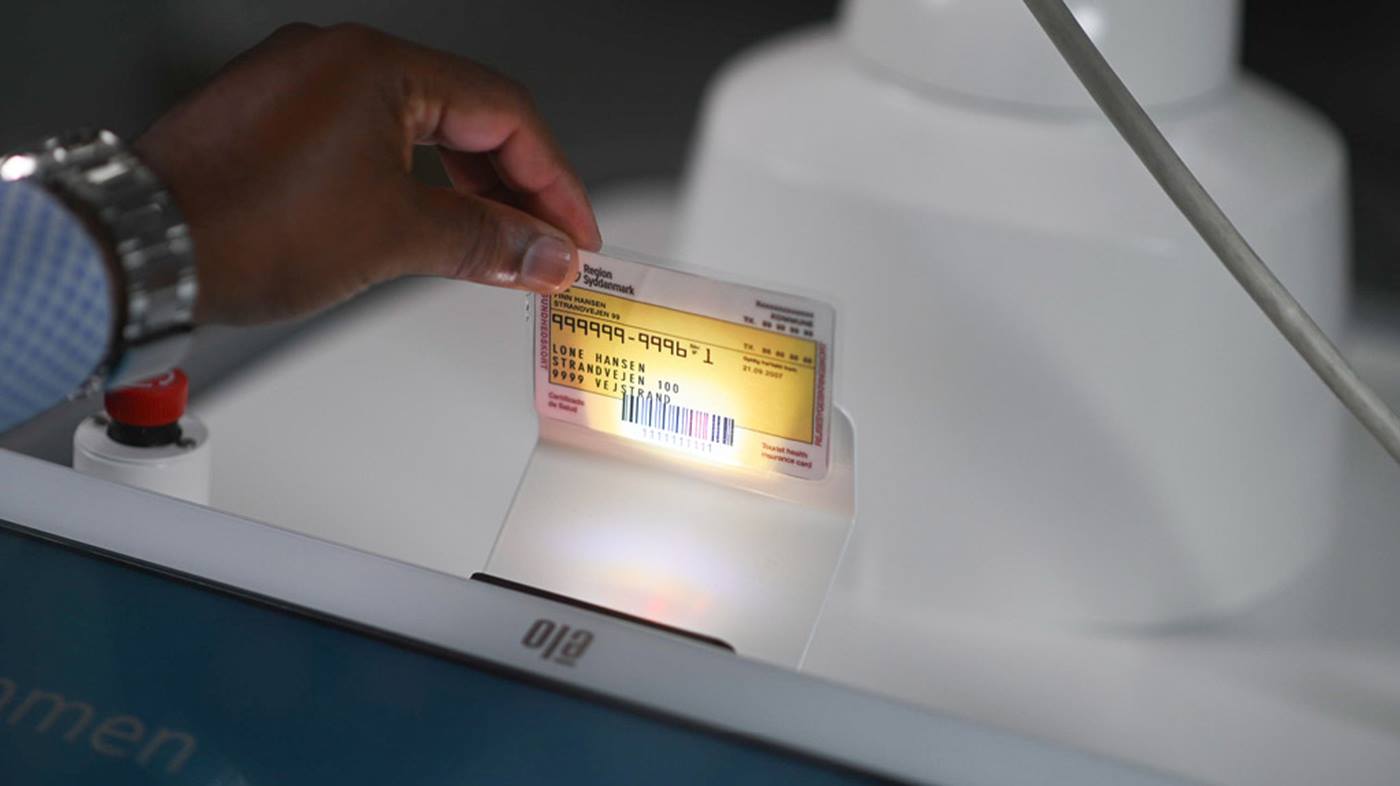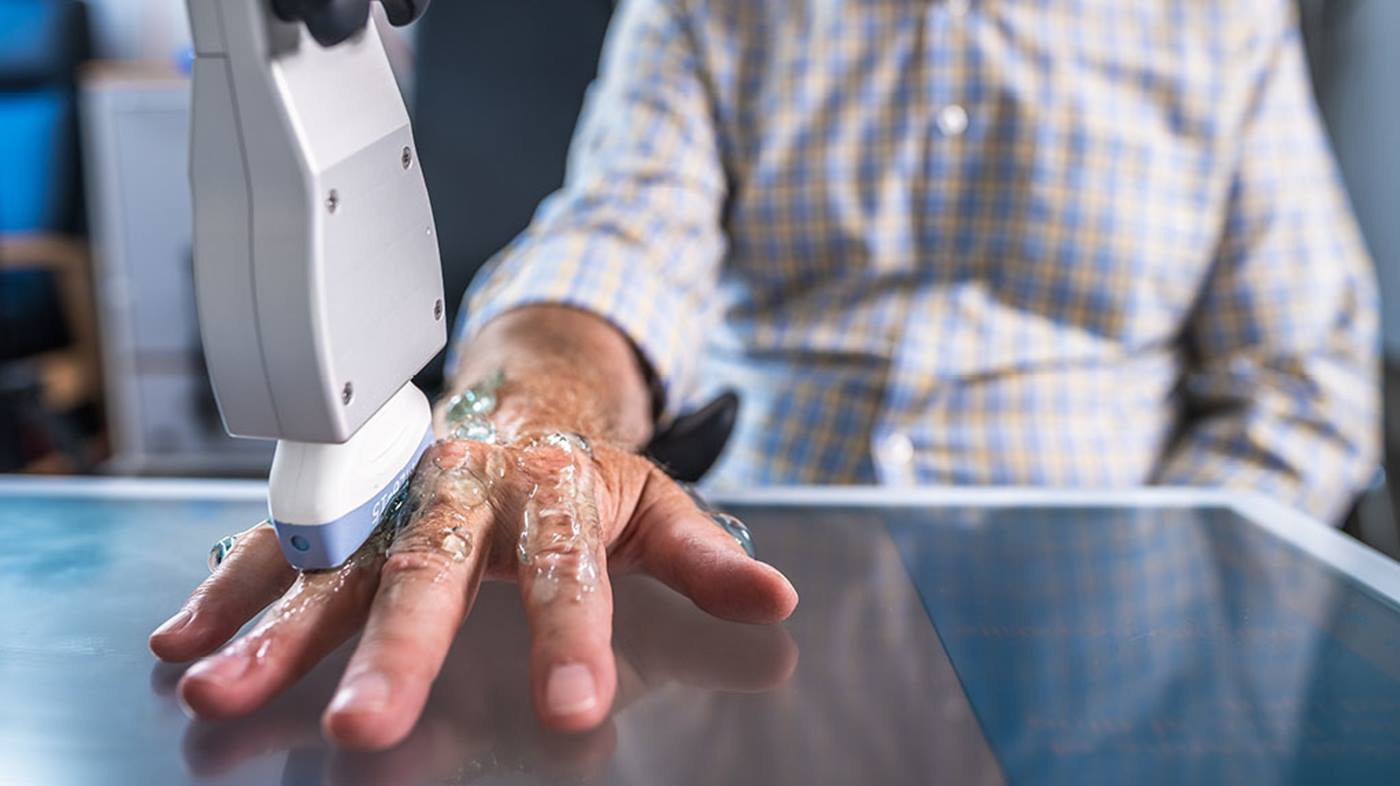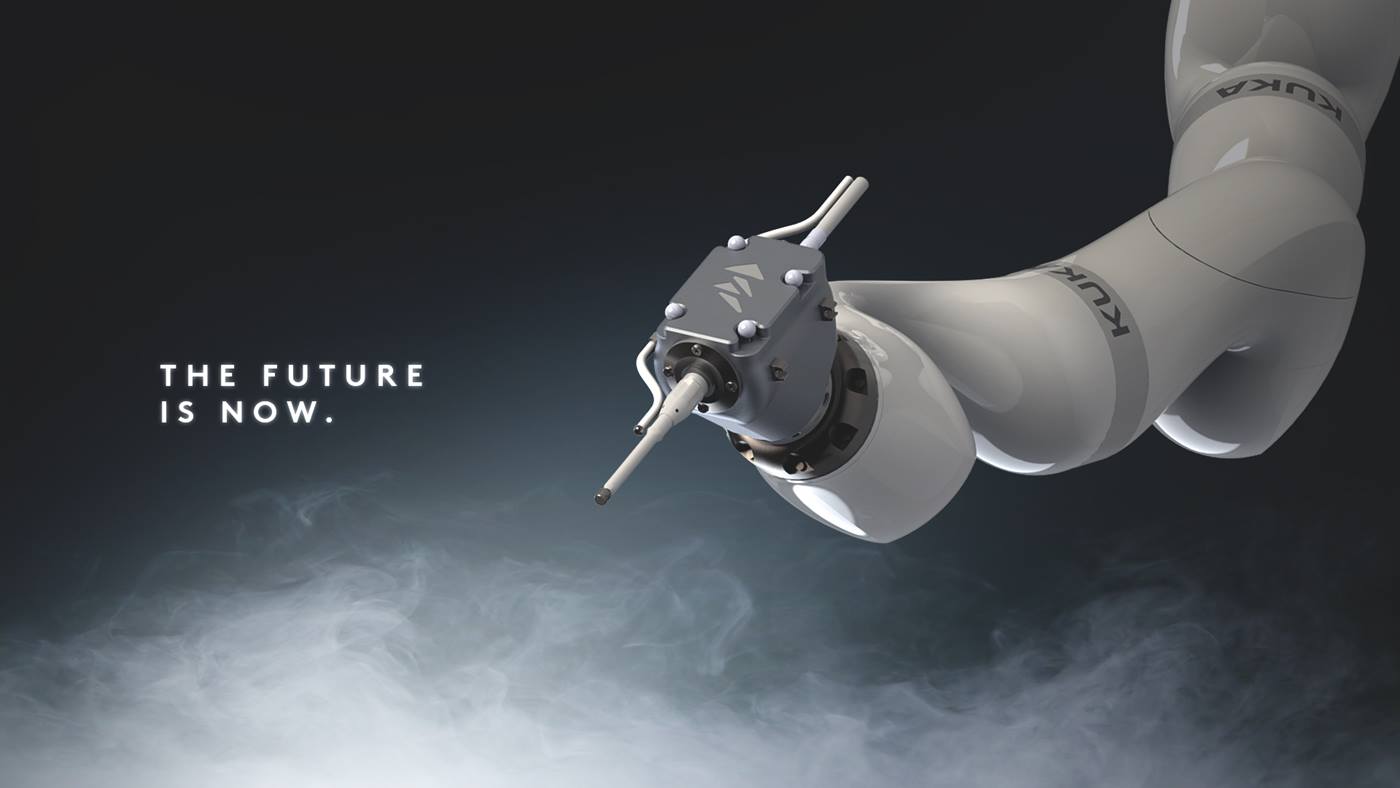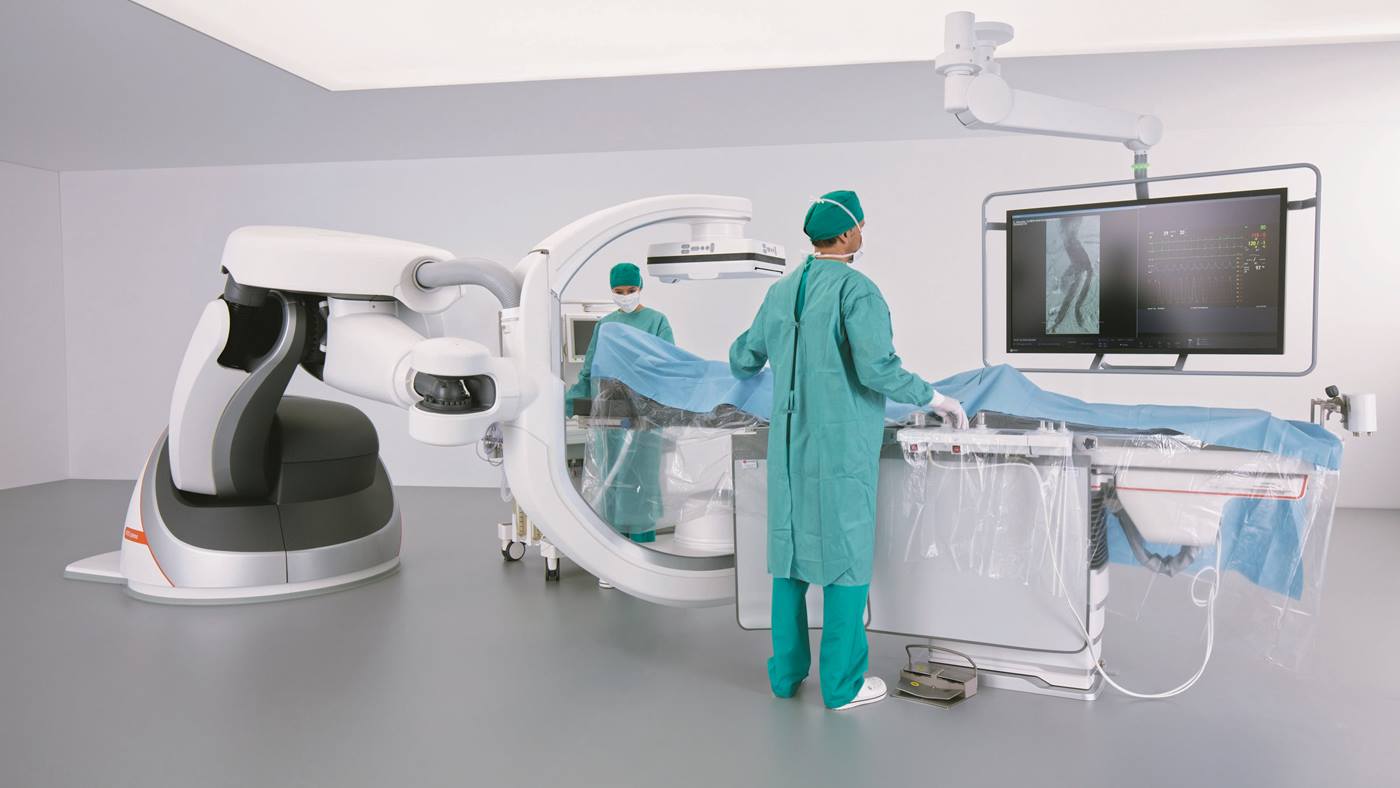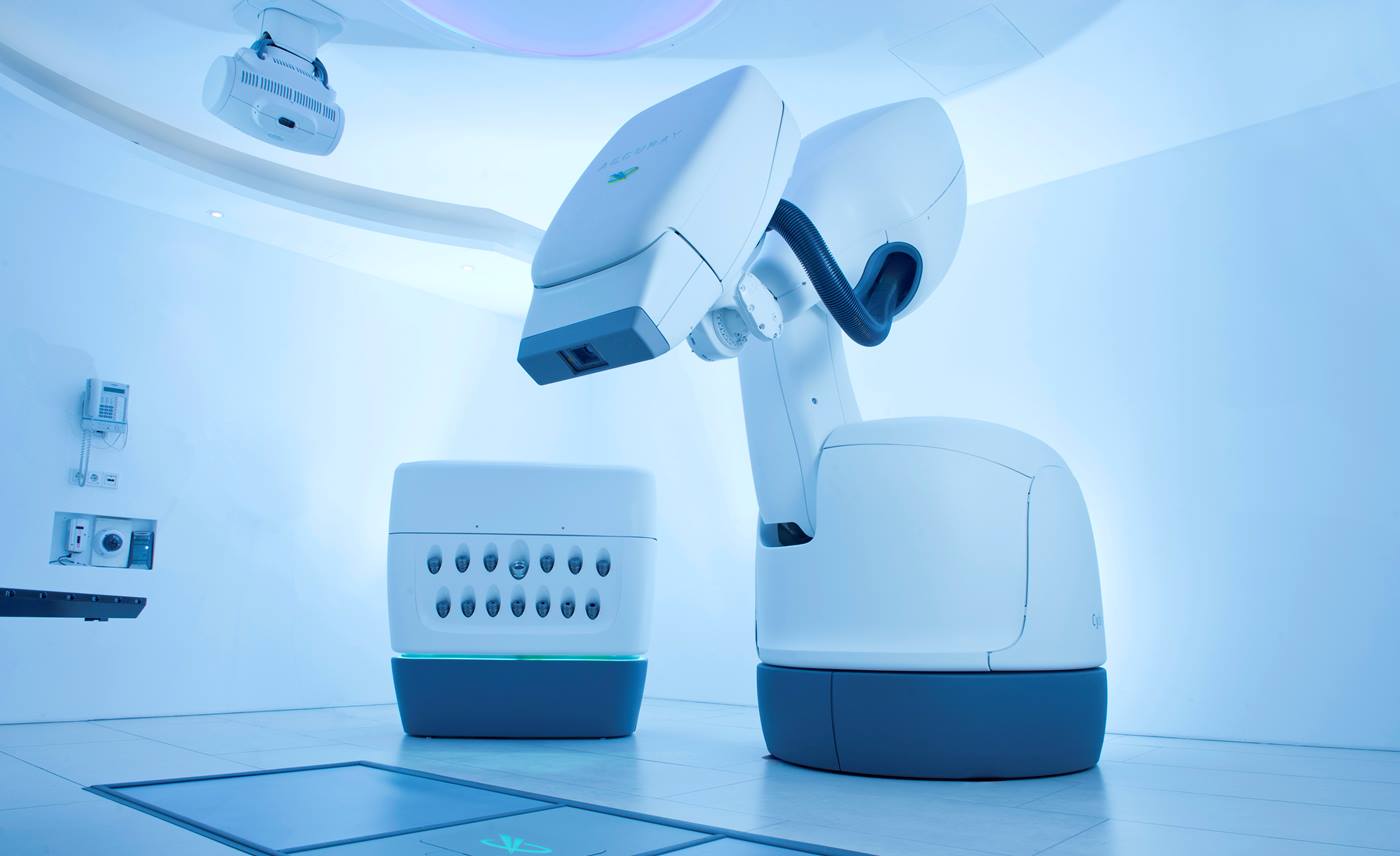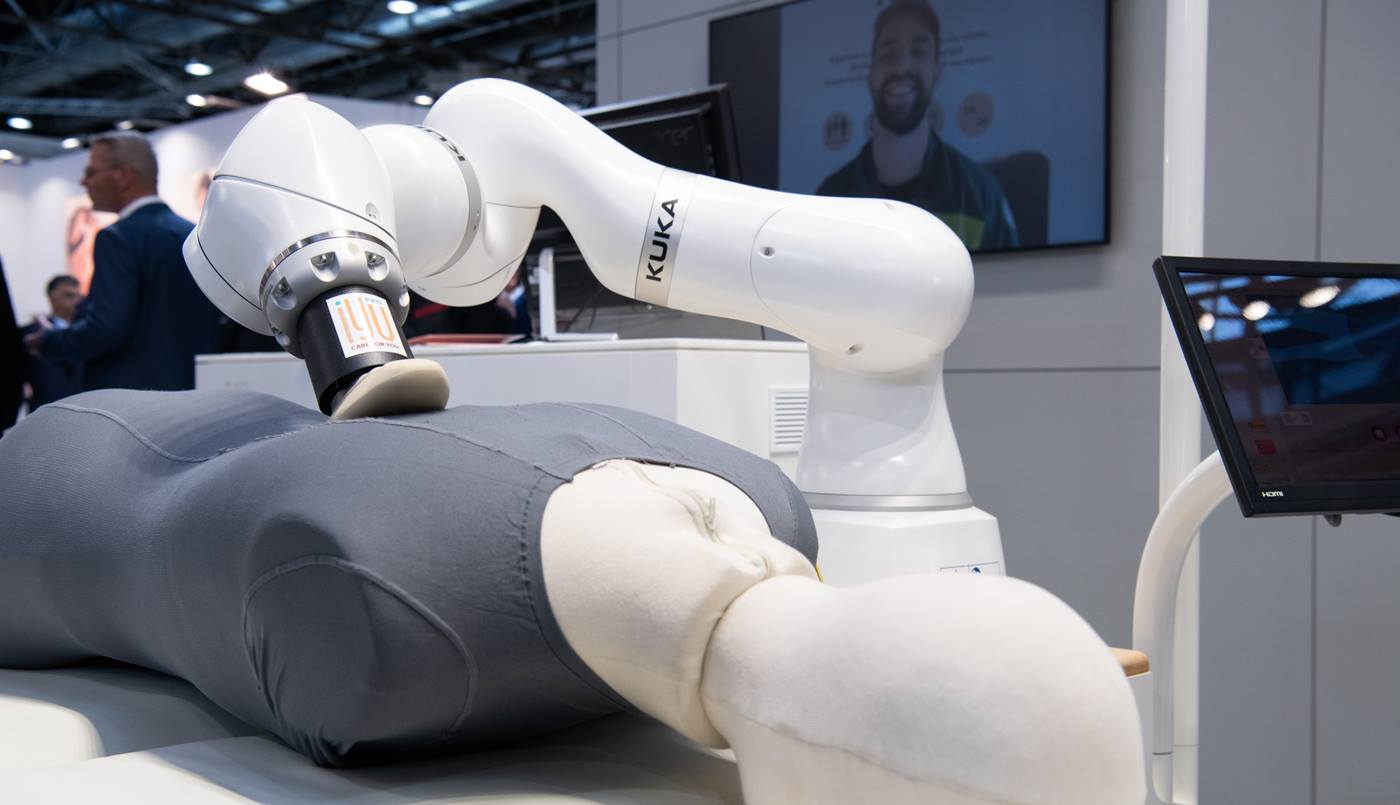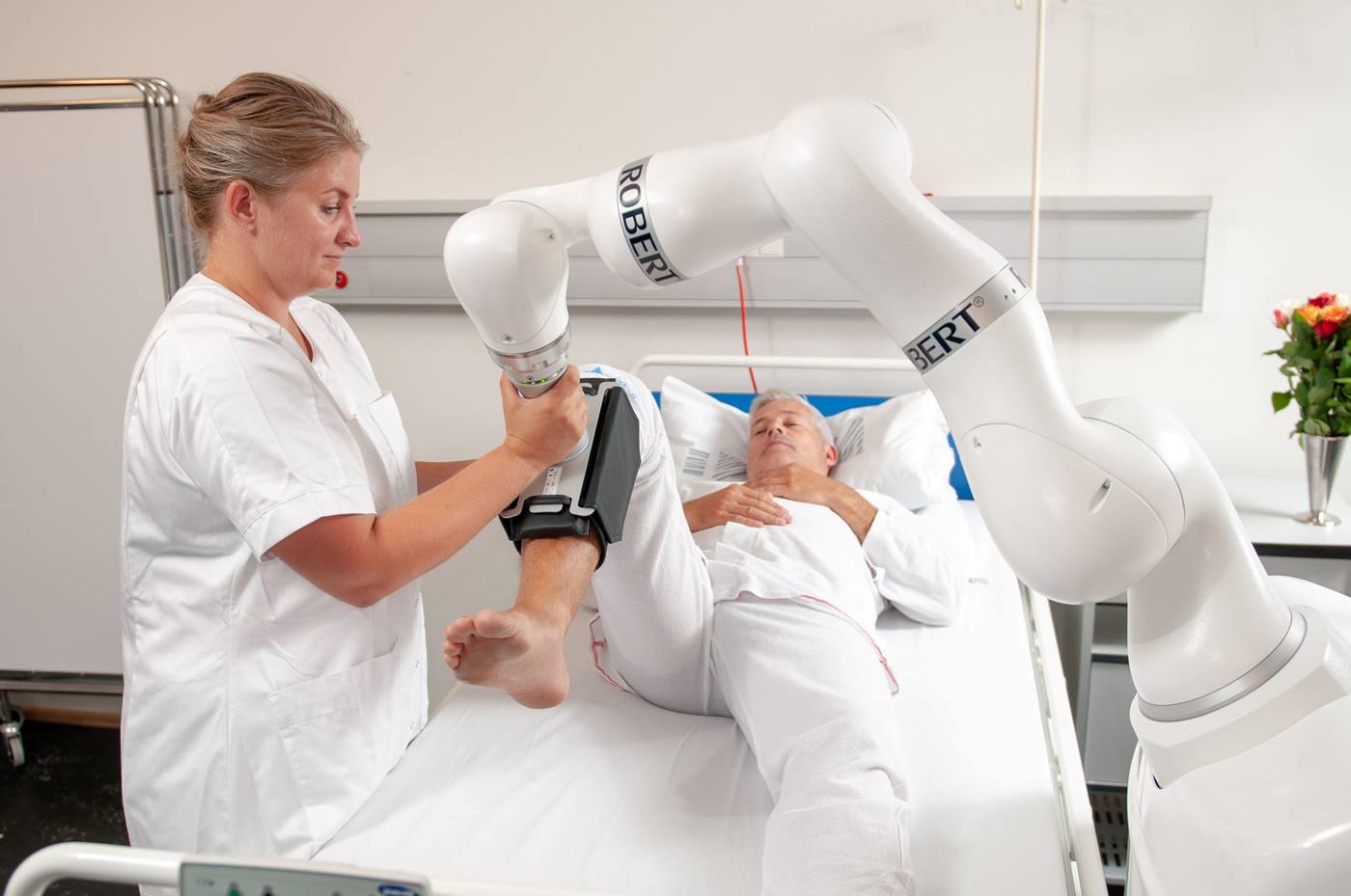The cobot LBR Med – a perfect fit for ultrasound imaging
ROPCA ApS was founded by Thiusius Rajeeth Savarimuthu and Søren Andreas Just, as a spin-off from University of Southern Denmark (SDU) in Odense. They are proud to present ARTHUR, their rheumatoid arthritis system. It can autonomously perform ultrasound scans of the bones in a person’s hands and thereby, detect joint damage.
ROPCA started the development process using local robotic companies at first, but quickly realized that they needed a certified robot for ultrasound imaging. KUKA’s LBR Med is exactly what they were looking for. Since the LBR Med is already conform to medical standards, they could concentrate on their ultrasound application’s regulatory. This drastically reduced the bureaucracy and accelerated the market entry.

